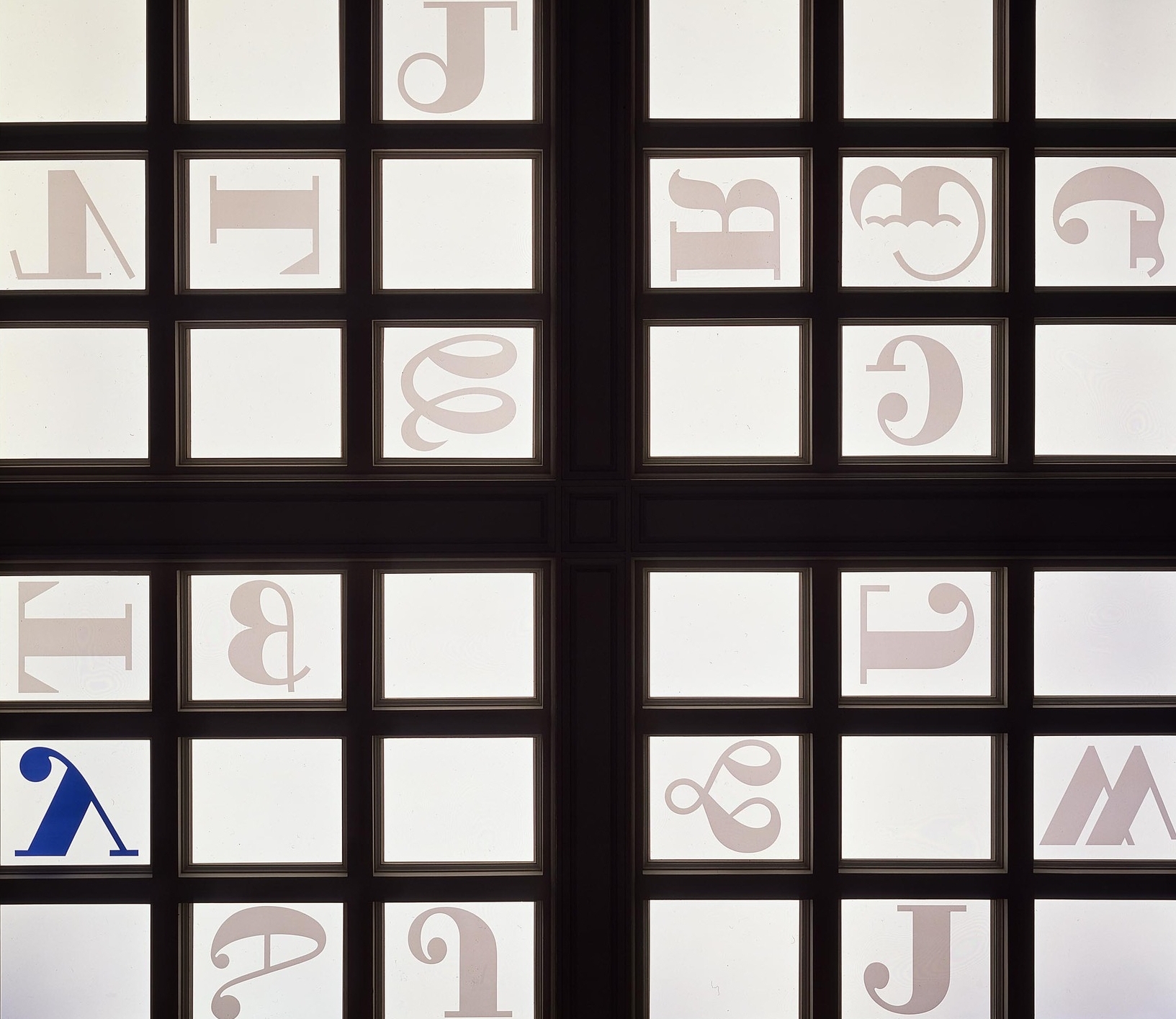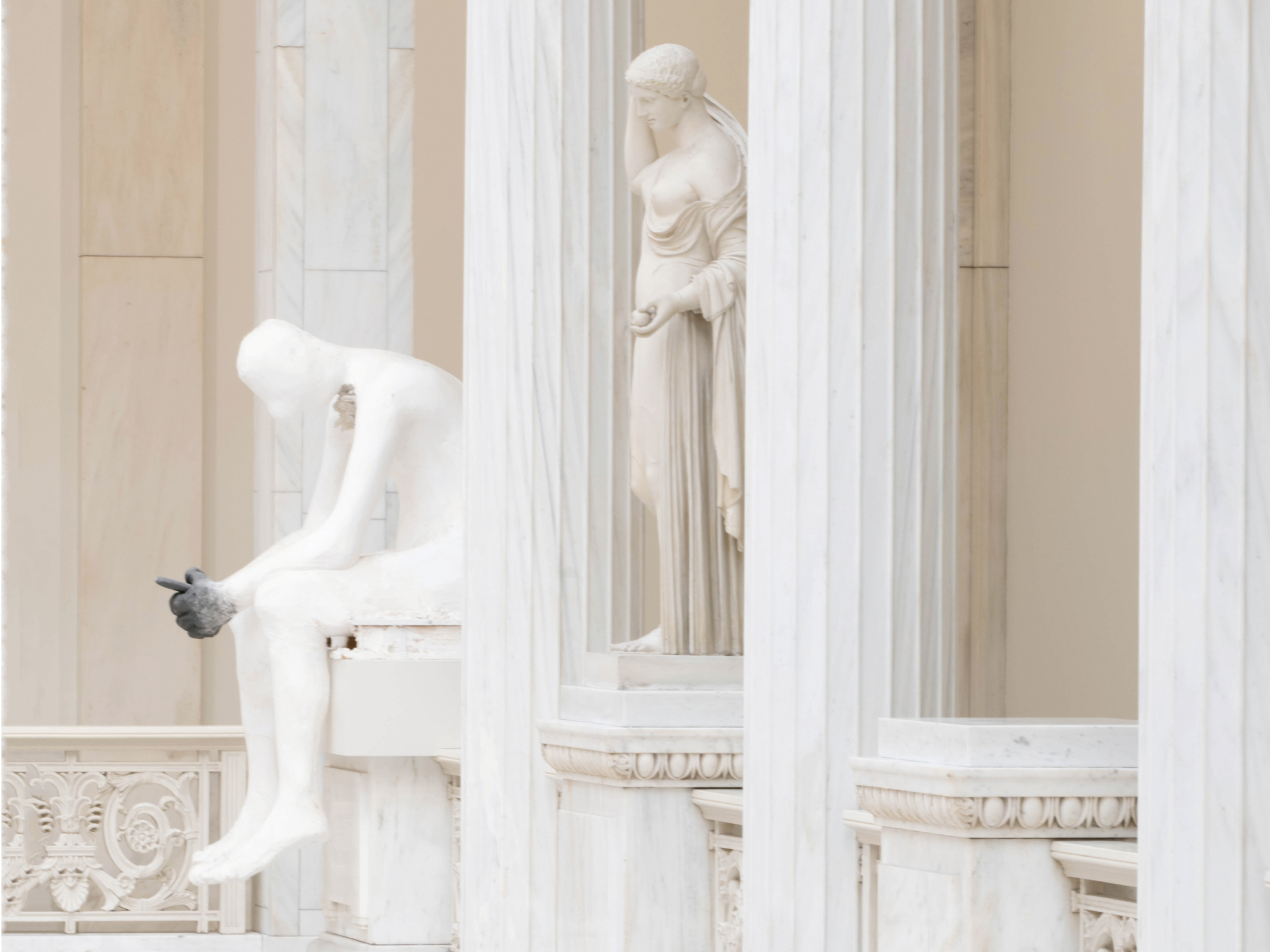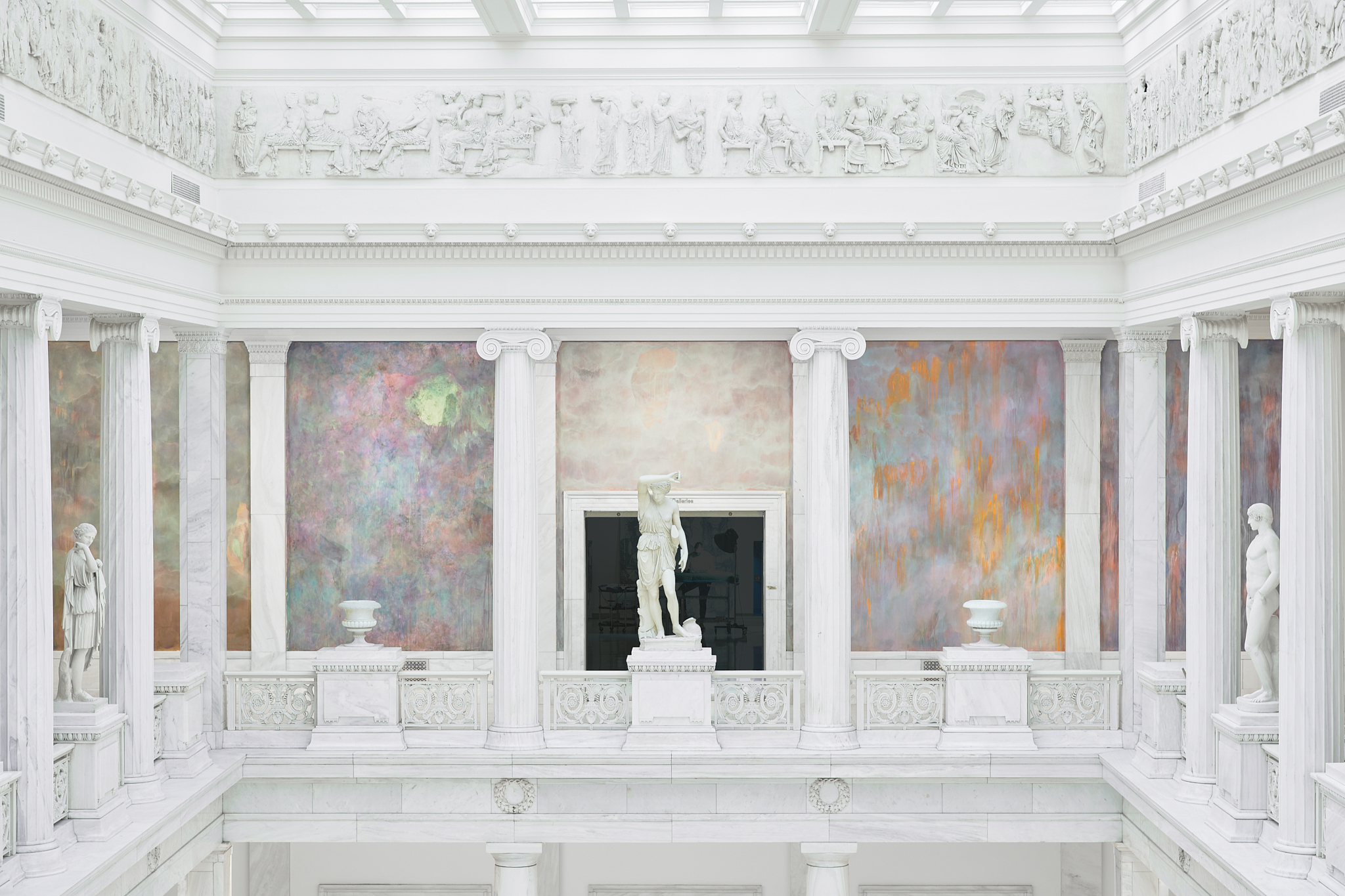Come visit our collection of reproduction Egyptian, Near Eastern, Greek, and Roman sculptures in a magnificent and tranquil space.
Our Hall of Sculpture was inspired by the iconic Parthenon temple in Athens, Greece. Dedicated to the goddess Athena, the Parthenon was known for its imperial scale, stunning decorative sculptures, and harmonious architectural elements. The Hall of Sculpture is modeled after the Parthenon’s inner sanctuary, or cella, which featured a double tier of columns.
The hall was constructed using brilliant white marble from the same quarries in Greece that provided the stone for the Parthenon. A balcony with a decorative iron railing offers visitors on the museum’s second floor a chance to also enjoy the view. Today, the balcony is reserved for decorative arts objects, like glass, ceramics, and metalwork that date from the 18th to the 20th century.
Some of Andrew Carnegie’s cast collection, including several pieces from the Parthenon itself, are currently on display in the Hall of Architecture, and, you’ll also find several works on pedestals around the Hall of Sculpture balcony as a reminder of the room’s original purpose. If you look up in the Hall of Sculpture, you’ll see a plaster reproduction of the carved frieze that was originally on the exterior of the Parthenon’s cella. This frieze depicts the procession that inaugurated the annual festival of Athena in ancient Athens.
Today, the Hall of Sculpture displays works from our permanent collection and frequently hosts site-specific installations and performances, providing a unique and worthwhile experience every time you encounter this awe-inspiring space!


